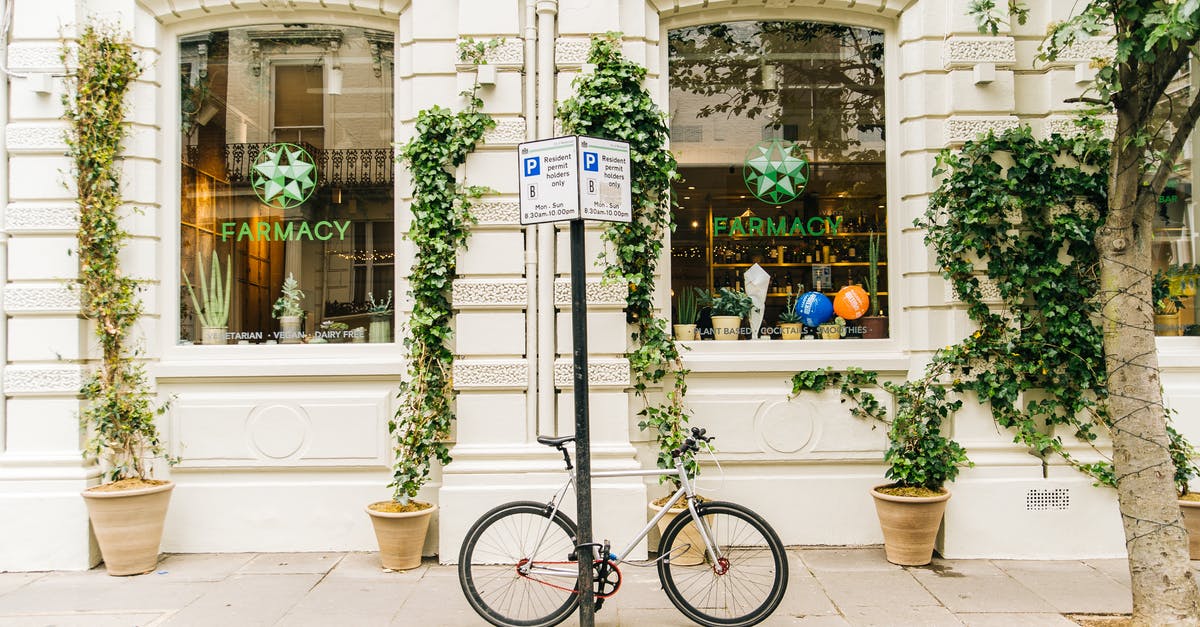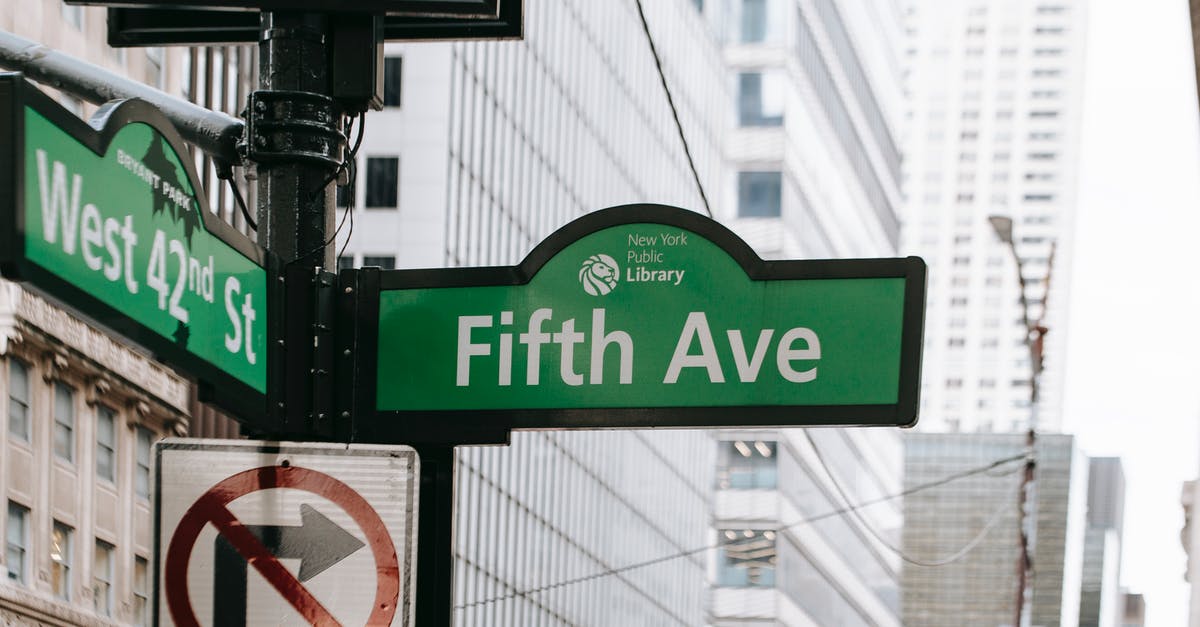Is Gotham a post-apocalyptic city?

In the TV show Gotham, I noticed how it's always dark and the sky is always filled with dark clouds. Is the story in a post apocalyptic world?
Best Answer
As far as I can tell, even though we're only one episode in, Gotham is not in a post-apocalyptic world setting. If anything, Gotham is taking a more film noir approach to its cinematography and backdrops, which is consistent with depcitions of the city throughout most of Batman's publication and film/television history. However, the look and feel of Gotham City has been changed over the 75 years Batman has been around to suit both the needs of the writers, as well as the decade in which they are writing (the real world decade, not the comic story decade).
Gotham City has generally been depicted as a cold, dark city. Former editor Dennis O'Neil was quoted as saying:
Batman's Gotham City is Manhattan below Fourteenth Street at eleven minutes past midnight on the coldest night in November.
Gotham City has been attributed to the real life city of Chicago on many occasions, with its rich and special history of organized crime, and because it has alleys, which are virtually non-existent in New York.
Frank Miller has been quoted as saying:
Metropolis is New York in the daytime; Gotham City is New York at night.
Granted many of these quotes refer to New York and not Chicago, but again, the point is visual imagery.
Throughout most of the 50s and 60s, Gotham City was depicted in a lighter tone with brighter colors, but that was mostly due to media preferences at the time, from a generally more conservative era of American history. When the 70s rolled around, Batman started to go back to its dark, gritty, noir roots.
Further, for the highly lauded Batman: The Animated Series, producer Eric Radomski famously required that the artists for the show create all backgrounds on dark paper and painted with light colors, in contrast with the industry's usual standard of dark colors on light paper. The idea was that Gotham City was a dark, gritty city, and thus the artists needed to fill it with light. Combined with the Art Deco style of buildings, cars and other props, the design came to be known as Dark Deco.
More recently, writer Grant Morrison has provided a more optimistic look for Gotham City, saying:
If Gotham was so bloody awful, no one normal would live there and there'd be no one to protect from criminals. If Gotham really was an open sewer of crime and corruption, every story set there would serve to demonstrate the complete and utter failure of Batman's mission, which isn't really the message we want to send, is it? You've got Batman and all his allies as well as Commissioner Gordon and the city still exudes a vile miasma of darkness and death? I can't buy that. It's simply not realistic and flies in the face of in-story logic (and you know I like my comics realistic!) so my artists and I have taken a different tack and we want to show the cool, vibrant side of Gotham, the energy and excitement that would draw people to live and visit there.
As such, I wouldn't take a city or location being depicted with dark tones to always be post-apocalyptic. Batman's story is a tragic one, in a city filled with crime and desperation, but there are some brights spots as well. The dark tone of the city is more to convey the mood and characterization of Batman rather than some sort of horrible future gone wrong.
That, and we're only one episode into the show. ;)
Pictures about "Is Gotham a post-apocalyptic city?"



The Post-Apocalyptic Aesthetic
More answers regarding is Gotham a post-apocalyptic city?
Answer 2
If you google "Origins of Gotham" you will find some amazing information about Gotham City.
The origin of the name dates to Medieval times, and was first linked to New York by Washington Irving in The Legend Of Sleepy Hollow and Rip Van Winkle.
Since these dates most likely precede the word "post-apocalyptic" (or at leaast it's current meaning), it's likely that the original Gotham was not post-apocalyptic at all, but rather a term for a more corrupt, dark city, as mattD pointed out with Frank Miller's quote.
Answer 3
Gotham City has been portrayed in different ways throughout the history of Batman. It was not always portrayed as a dark place (1960s Batman series). However, the 1989 Tim Burton movie Batman set the style most often used for the place as a dark, crime ridden city full of weird villains like The Joker and The Penguin. This has been more or less continued with the recent Batman films and also the Gotham series.
Post apocalyptic? Maybe, maybe not. Certainly, it is not post apocalypse a la Mad Max 2, Mad Max Beyond Thunderdome or Mad Max Fury Road. But I would see similarities between Batman (1989) and the first Mad Max movie. While the first Mad Max said it was set in the future, the first Batman film never does. But in both, crime is totally out of control and even though government exists, crime is stronger and in both, no apocalypse is mentioned. Dystopian is perhaps a better word.
One hint that Batman (1989) was set in the future comes from its Prince soundtrack, where one of the tracks is called The Future and describes a world where law and order is out of control. The poor state of the factory where Jack Napier sustains the injuries that make him The Joker and the poor state of the church at the end are similar to the poor state of Mad Max's police HQ in the first Mad Max film. No major war is mentioned although a war in a fictional Latin American country called Corto Maltese is mentioned. Tim Burton seemed to leave it up to audiences to decide when it was set and why crime was out of control so much. But there's plenty to see in Gotham that this is not a normal city.
Sources: Stack Exchange - This article follows the attribution requirements of Stack Exchange and is licensed under CC BY-SA 3.0.
Images: Pixabay, Daria Shevtsova, Andrea Piacquadio, Charles Parker
